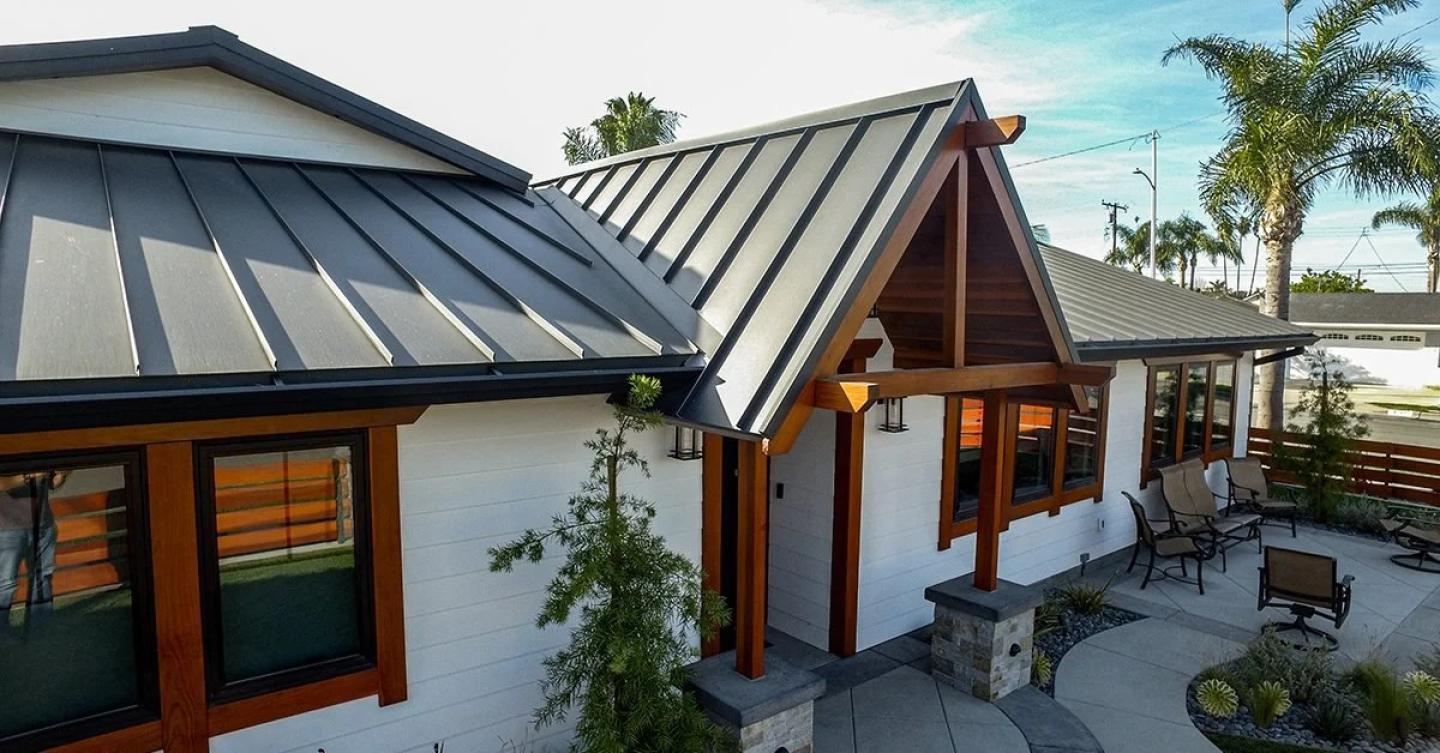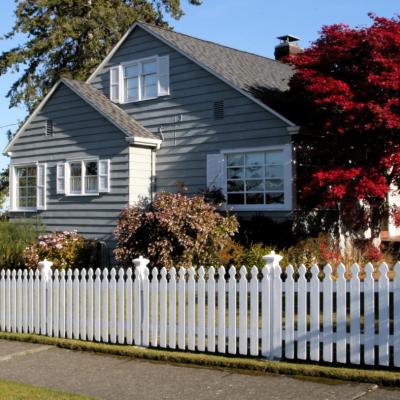Pros and Cons of Metal Roofing
Published on 29 March, 2023
Metal roofing is an increasingly popular roofing material that is preferred by many homeowners, builders, and architects. Metal roofing has many advantages over traditional roofing materials, but it also has some potential disadvantages. In this article, we will look at the benefits and drawbacks of metal roofing to help you decide if it is right for your home or building.

Pros of metal roofing
1. Longevity
Longevity is one of the most significant advantages of metal roofing. Metal roofs, unlike traditional roofing materials such as asphalt shingles, can last for decades with proper installation and maintenance.
2. Durability
Metal roofs are extremely durable and can withstand harsh weather conditions such as hail, wind, and heavy snow. They are also fire-resistant, which is important for homeowners who live in wildfire-prone areas.
3. Energy efficiency
Metal roofing is highly reflective, which can help reduce cooling costs in hot climates. Furthermore, some metal roofing materials are coated with reflective coatings, which can improve their energy efficiency even further.
4. Aesthetic Appeal
Metal roofing is available in a variety of colors and styles, allowing homeowners to select a roofing option that complements the architectural style of their home.
5. Environmental friendliness
Because metal roofing is highly recyclable, it is a green choice. Furthermore, many metal roofing materials are made from recycled materials, which reduces their environmental impact.
Cons of Metal Roofing
1. Cost
Metal roofing is typically more expensive to install than traditional roofing materials. On the other hand, the longevity of metal roofing can offset the higher upfront cost over the life of the roof.
2. Noise
Metal roofs can be noisy during rain or hailstorms, which can be an issue for some homeowners.
3. Installation complexity
Metal roofing installation requires specialized knowledge and equipment, making it a more complex and potentially more expensive process than the installation of traditional roofing materials.
4. Expansion and contraction
Metal roofs can expand and contract due to temperature changes, which can cause screws and fasteners to loosen over time. If not addressed promptly, this can result in potential leaks.
5. Scratching and denting
Certain metal roofing materials are more susceptible to scratching and denting than others.
Conclusion
Overall, metal roofing outperforms traditional roofing materials. It is a popular choice for homeowners and builders due to its longevity, durability, energy efficiency, aesthetic appeal, and environmental friendliness. However, potential drawbacks such as higher upfront costs, noise, installation complexity, expansion and contraction, and scratching and denting must be considered. You can determine if metal roofing is the right choice for your home or building by carefully weighing these pros and cons.


